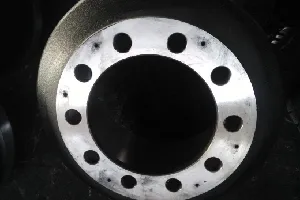The fundamental working principle of a pressure reducer is relatively straightforward. It consists of an inlet and an outlet, along with an adjustable spring mechanism. When high-pressure gas enters the reducer, it pushes against a diaphragm connected to the spring. The diaphragm moves, adjusting the size of the outlet opening, which controls the flow of gas exiting the reducer. If the output pressure rises above a set limit, the diaphragm moves to decrease the opening size, thus reducing the flow and maintaining a stable pressure.








